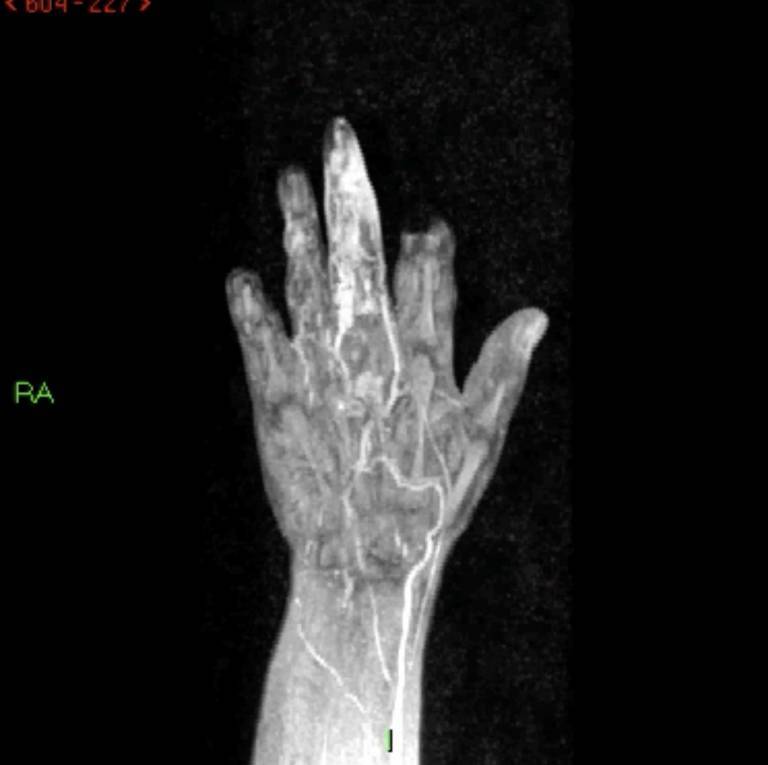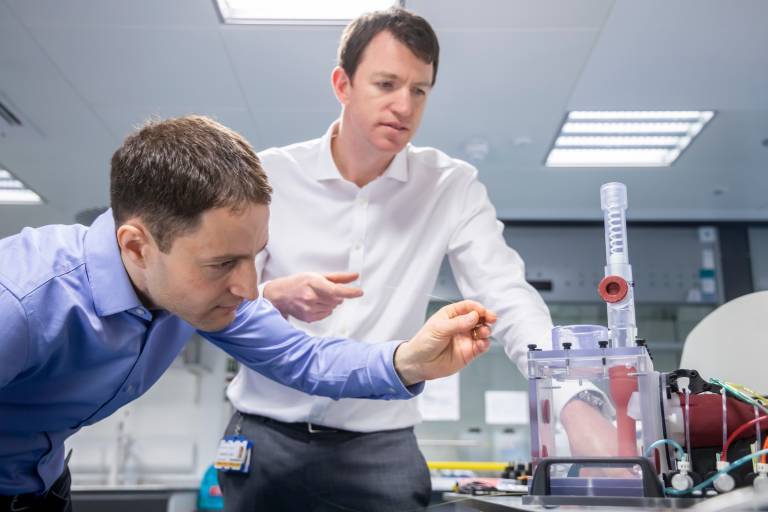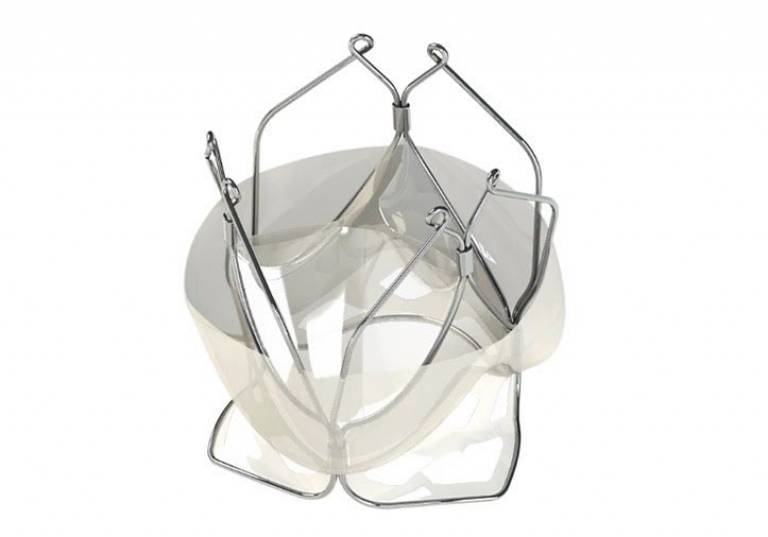At UCL Engineering, we throw ourselves whole-heartedly into our research. Find out how we use our engineering knowledge to focus on aspects the human heart and wider cardiovascular system.
Computational modelling: the heart of the matter
YouTube Widget Placeholderhttps://www.youtube.com/watch?v=O2nHrEje9ao
Professor Yiannis Ventikos (UCL Mechanical Engineering) explores how computational modelling be used to ""rehearse"" medical interventions and improve outcomes. The purpose of such work is to optimise interventions and eliminate, if possible, adverse effects by personalising to a great extent – getting the right intervention for every single patient.
Take another little pic of my heart
A team led by Professor Vanessa Diaz and Professor Stavroula Balabani (UCL Mechanical Engineering) is using imaging and computational modelling to create simulations to "see inside the heart". Personalised simulations and experiments allow vascular surgeons decide the best treatment for aortic dissections.
Find out more.
Echopoint and the "grey zone" of heart disease treatment
Echopoint Medical Ltd, a spinout company from UCL, has raised £2.8m to develop optical sensing technology to help heart disease patients in a grey zone where the need for treatment is unclear. Echopoint has developed inexpensive microcatheters which use fibre-optic sensors to accurately measure blood pressure and flow, enabling clinicians to precisely assess patients and dramatically reduce stent implants.
Find out more.
Improving patient safety with a retrievable aortic valve replacement
UCL researchers have made a new aortic valve replacement for patients who can't undergo open-heart surgery. Transcatheter aortic valve replacements (TAVR) is a minimally-invasive procedure to replace an aortic valve that has become too narrow to function properly. It involves a clinician inserting a catheter through the leg or chest and guiding it the heart. This avoids a lot of the risks of open-heart surgery but the current methods still require safety improvements.
Find out more.
Related News
 Close
Close




